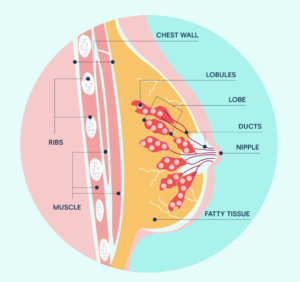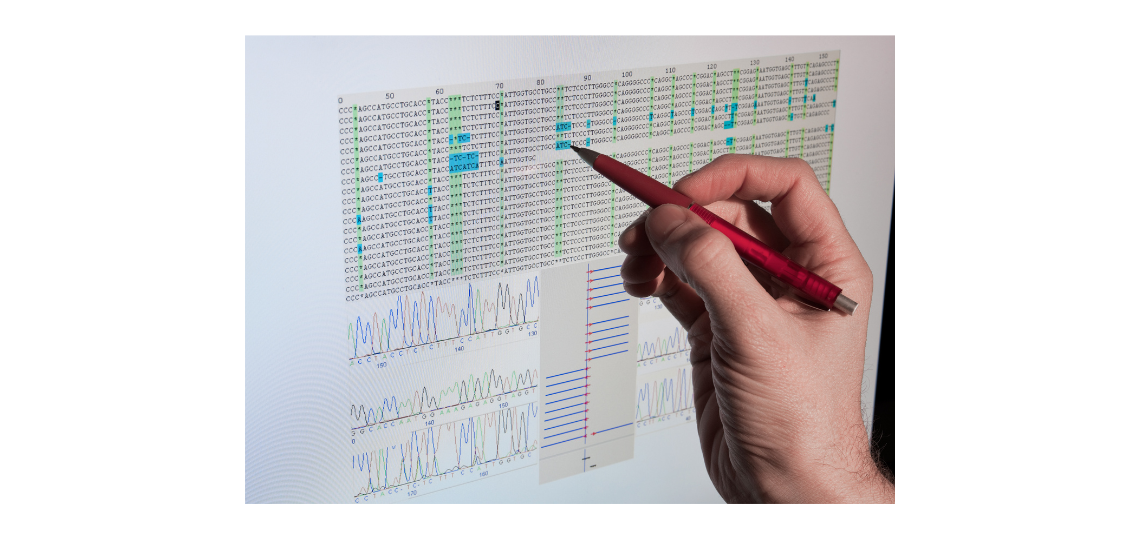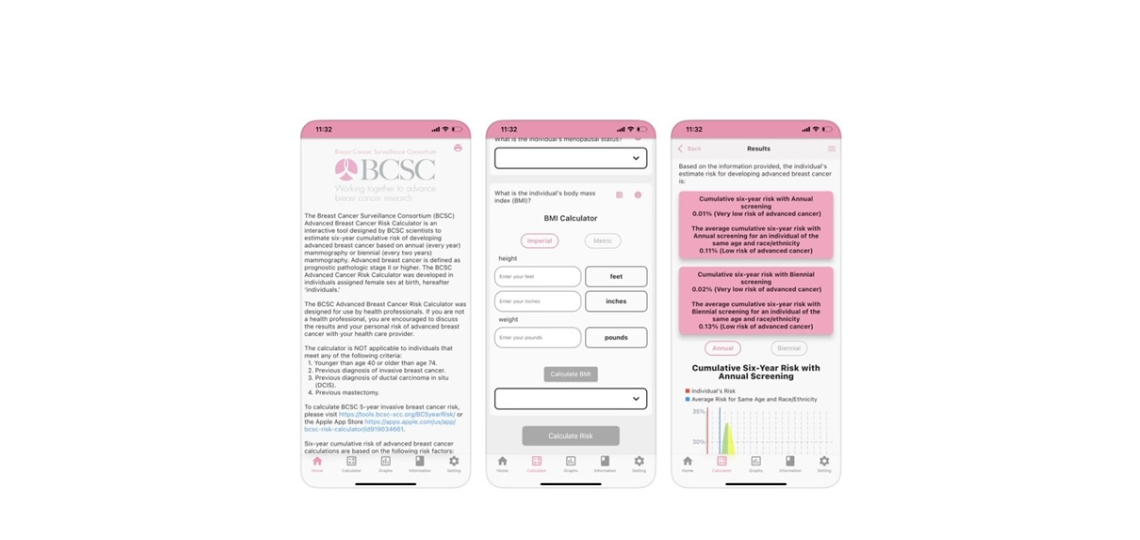What’s so important in your mammogram report and why do we ask for it?
The WISDOM Study collects your mammogram reports to learn about your breast density. High breast density is a risk factor for developing breast cancer, and therefore an important piece of information for us to have as we evaluate your risk to give you your screening recommendation.
What is breast density and why does it matter, you might ask? Let me explain.
A woman’s breast has three kinds of tissue. The glandular tissue includes the two parts of the breast that produce and transport milk, the lobes and the tubes that carry the milk to the nipple, called ducts. There’s fibrous tissue which holds the breast tissue in place and fatty tissue which fills the space between the fibrous tissue, the lobes and the ducts. This is what gives breasts their size and shape.

Breast density reflects the amount of fibrous and glandular tissue in a woman’s breast compared to the amount of fatty tissue as seen on a mammogram. In a mammography report, breast density is assigned to one of four categories.
- Category A- the breasts are almost entirely fatty
- Category B- a few areas of dense tissue are scattered throughout the breast
- Category C- the breasts are evenly dense throughout
- Category D- the breasts are extremely dense
Women in the first two categories are said to have fatty breasts. Women in the second two categories are said to have dense breasts. About half of women who are 40 or older have dense breasts.
What is most important for you to know, is that women with dense breasts have a higher chance of developing breast cancer. The more dense your breasts are, the higher your risk. Dense tissue can hide cancers. The fibrous and glandular tissue looks white on a mammogram and so does a possible tumor. Since it’s hard to tell the difference between a tumor and dense breast tissue, a small tumor may be missed in screening. If you have dense breasts talk to your doctor about your risk of developing breast cancer.
Dense breasts are just one of several risk factors for breast cancer that the WISDOM Study takes into consideration when determining your personalized screening plan. If you have your mammogram report, there are many ways you can send it to us. You can upload it directly to your WISDOM Study secure portal. You can also fax it or email it to our study team.
Last but not least, we want you to know that one of the best tools for screening for breast cancer is you! 43% of cancers are found by women themselves and 57% are detected by a method other than a mammogram. So, no matter how much we learn from your mammogram report, it is best for you to know your own body, and always contact your doctor if you notice a change in your breast.
For more information about breast anatomy, breast density, and your risk for developing breast cancer, the Centers for Disease Control and Prevention website is just one trusted source with informative videos and educational information. Visit this page to learn more!



